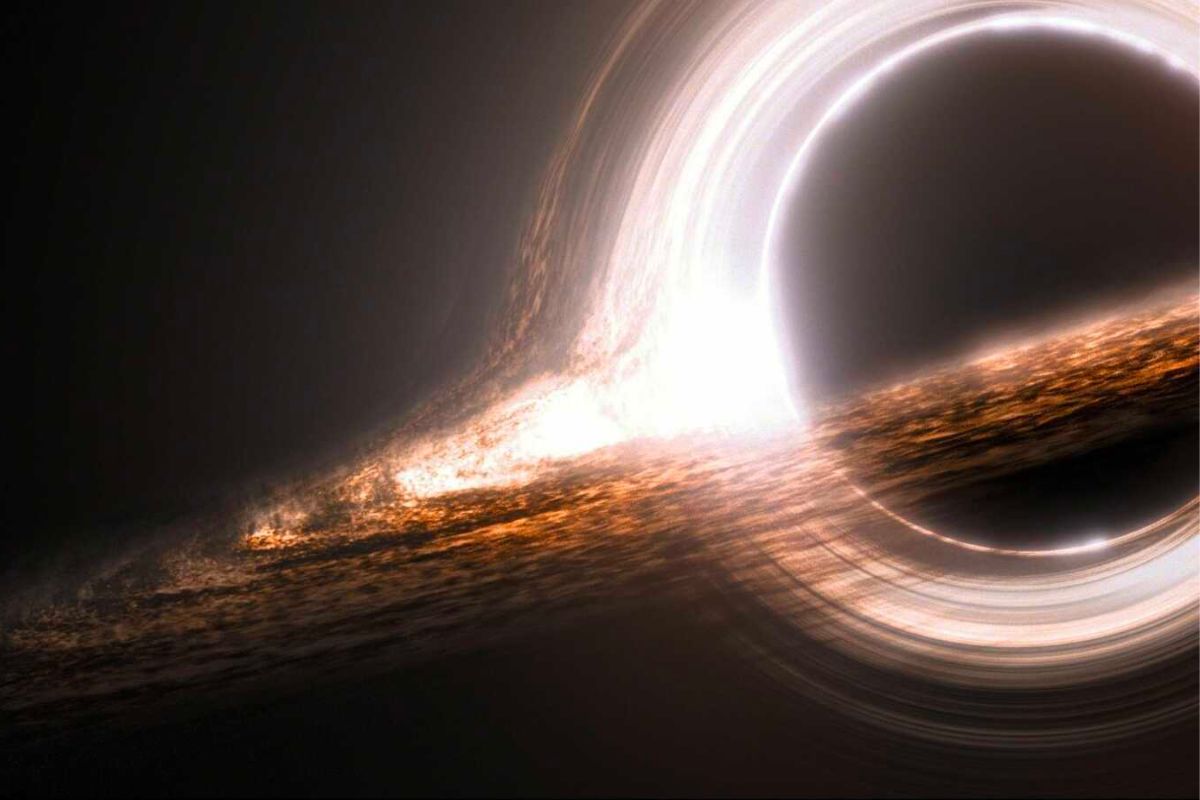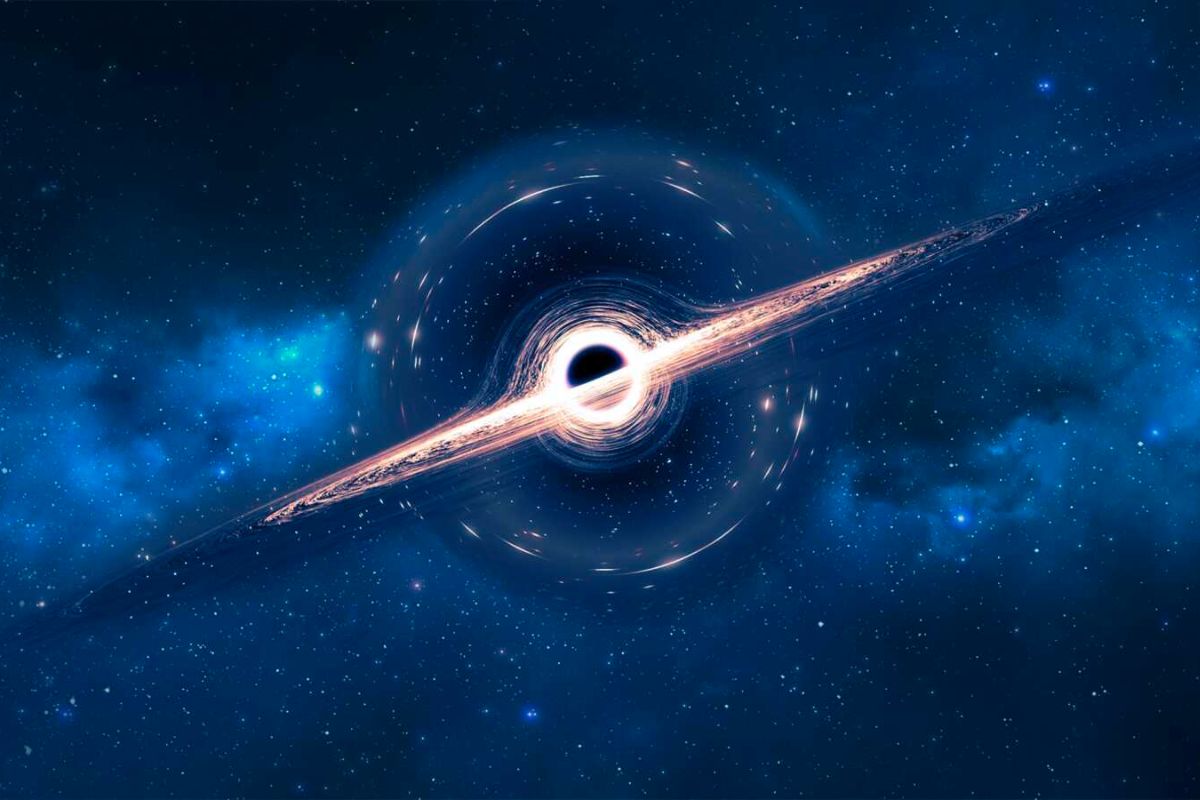The authors of the study claim the finding of eighteen new tidal disruption events (TDEs), which are extreme occurrences in which a neighboring star gets torn to pieces by a black hole as it is tidally sucked in. The black hole releases a massive burst of energy across the electromagnetic spectrum while it feasts.
Table of Contents
Previous tidal disruption events have been identified by astronomers through the search for distinctive bursts in the optical and X-ray bands. Approximately twelve star-shredding events in the neighboring cosmos have been found thus far by these searches. The new TDEs discovered by the MIT team more than double the universe’s catalog of known TDEs.
The scientists used an unusual band to find these previously “hidden” events: infrared. TDEs can produce infrared radiation in addition to optical and X-ray bursts. This is especially true in “dusty” galaxies, which have a central black hole surrounded by galactic material. Optical and X-ray radiation, as well as any indication of TDEs in these bands, are typically absorbed and obscured by the dust in these galaxies. During this process, the dust also heats up and emits measurable infrared light. Thus, the scientists discovered that infrared emissions can function as an indicator of tidal disruption events.
The MIT scientists discovered many more TDEs in galaxies where they had previously been obscured by looking in the infrared spectrum. The eighteen new occurrences took place in various kinds of galaxies dispersed around the sky.
Lead author Megan Masterson, a graduate student at MIT’s Kavli Institute for Astrophysics and Space Research, states that most of these sources are not visible in optical bands. “You must look in the infrared band if you want to understand TDEs as a whole and use them to probe supermassive black hole demographics.”
Erin Kara, an assistant professor of physics at MIT, and colleagues from several institutions, including the Max Planck Institute for Extraterrestrial Physics in Germany, are among the other authors from MIT, along with Kishalay De, Christos Panagiotou, Anna-Christina Eilers, Danielle Frostig, and Robert Simcoe.
Heat wave
Via infrared observations, the team has recently found the nearest TDE to date. The finding created a new avenue for astronomers to look for black holes that are actively feeding: using infrared light.
The team set out to find other TDEs after making that initial identification. In order to conduct their new study, the researchers went through historical observations made with NASA’s Wide-field Infrared Survey Explorer, or NEOWISE. After a brief break, this satellite telescope resumed its search for infrared “transients,” or fleeting flashes, in the sky in 2009.
Using an algorithm created by co-author Kishalay De, the team perused the mission’s archived observations. This program detects patterns in infrared emissions that are probably indicative of a brief outburst of radiation in the infrared spectrum. The flagged transients were then cross-referenced with a list of all known neighboring galaxies within 200 megaparsecs, or 600 million light years, by the research team. They discovered that approximately 1,000 galaxies could be linked to infrared transients.
Then, in order to ascertain whether the infrared burst signal originated from a source other than a TDE, such as an active galactic nucleus or a supernova, they closely examined the signal of each galaxy. Following the elimination of these possibilities, the researchers examined the remaining signals in search of an infrared pattern indicative of a TDE: a sudden, sharp spike followed by a slow decline that mirrored the process by which a black hole tearing apart a star abruptly heated the surrounding dust to roughly 1,000 kelvins before slowly cooling down.
Eighteen “clean” signs of tidal disruption episodes were found by this investigation. After examining the galaxies where each TDE was discovered, the researchers discovered that they were spread around the sky in a variety of systems, including dusty galaxies.

According to Masteron, “the TDEs would occur representatively in all of the galaxies if you looked up in the sky and saw a bunch of them.” “People believed that they were only occurring in a certain type of galaxy, but this is not the case based on optical and X-ray searches alone.”
“It is now feasible to see through the dust and finish the tally of close-by TDEs,” adds Harvard University astronomy professor Edo Berger, who was not involved in the research. “I’m excited to see what discoveries follow-up studies with large infrared surveys will yield. This work has a particularly exciting aspect.”
An abrasive remedy
The team’s findings contribute to the resolution of several important issues in the research on tidal disruption events. For example, until this work, the majority of TDEs were observed in a certain kind of galaxy called a “post-starburst” system, which was a star-forming factory in the past but has since settled. Because this form of galaxy is uncommon, astronomers were perplexed as to why TDEs appeared to be only occurring in these less common systems. Additionally, these systems are comparatively dust-free, which naturally facilitates the detection of optical or X-ray emissions from TDEs.
These days, astronomers can detect TDEs in a much larger number of galaxies by scanning in the infrared spectrum. The team’s latest findings demonstrate that black holes are not limited to post-starburst systems; they can eat stars from a variety of galaxies.
Additionally, the results answer a “missing energy” issue. Theoretically, TDEs should radiate more energy than what has been found, according to physicists. The MIT team now claims that dust could be to blame for the disparity. Researchers discovered that if a TDE takes place in a galaxy with a lot of dust, the dust itself may be able to absorb the equivalent of the “missing energy” in addition to optical and X-ray emissions and extreme ultraviolet radiation.
Astronomers are also using the 18 new detections to estimate the frequency of TDEs in a particular galaxy. Based on the integration of the newly discovered TDEs with earlier discoveries, the estimated frequency of tidal disruption events in galaxies is one per 50,000 years. This rate is more in line with the theoretical predictions of physicists. The team wants to determine the characteristics of the black holes that drive TDEs and the rate at which they occur through additional infrared measurements.
We’ve reached a point where we can solve every puzzle—people were coming up with really strange answers to these ones, says Kara. This gives us hope that the observations we’re making don’t require the use of all this exotic physics. Furthermore, our understanding of the mechanisms underlying a star’s decomposition and eventual assimilation by a black hole has improved. Our comprehension of these systems is improving.
